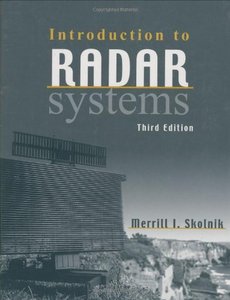SAVE TREES AND SAVE EARTH
It costs 38 Trillion dollars to create OXYGEN for 6 months for all Human beings on earth. "TREES DO IT FOR FREE" "Respect them and Save them" After the industrial revolution started in the world till now the pollution around the globe has increased drastically. Now the global warming is all around the world. So, friends get awareness of the present conditions of our earth and try to make a solution to decrease the pollutants all around you. 1. Try to keep your surroundings clean and grow more amount of trees your house. That helps to produce more amount of oxygen by taking Carbon dioxide[co2] which keeps your health clean and pure and increase the life spam of the human beings and animals. 2. At the same time find a solution to use the rain water in a proper way, By diverting it to the storage tanks through filtration process [or] moving it to the gardens and other implementations like producing the alternative power source. 3. If the pollut
